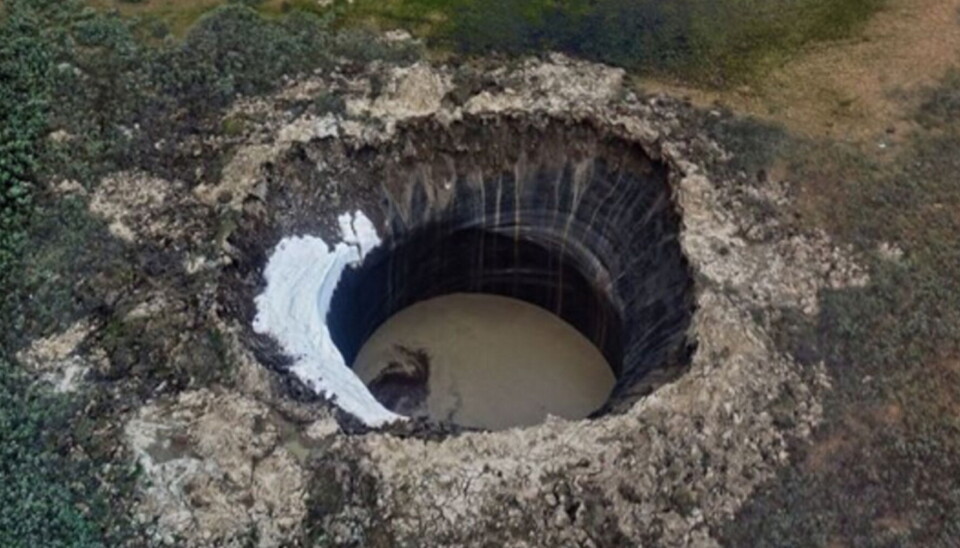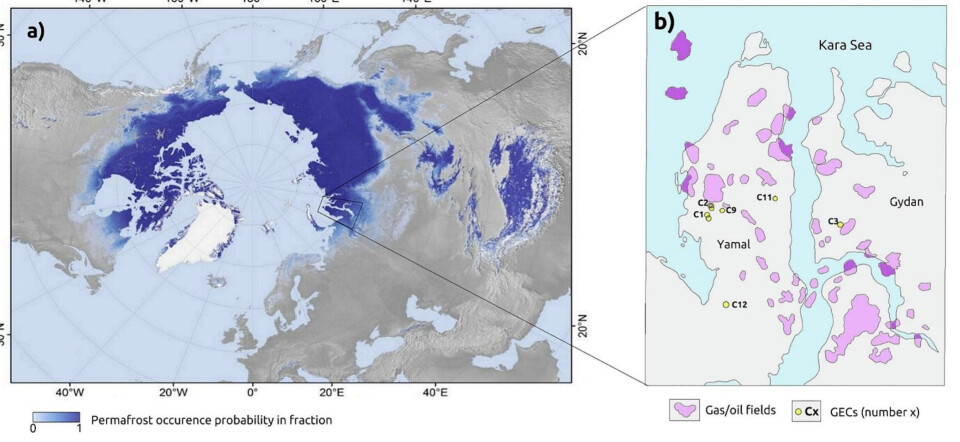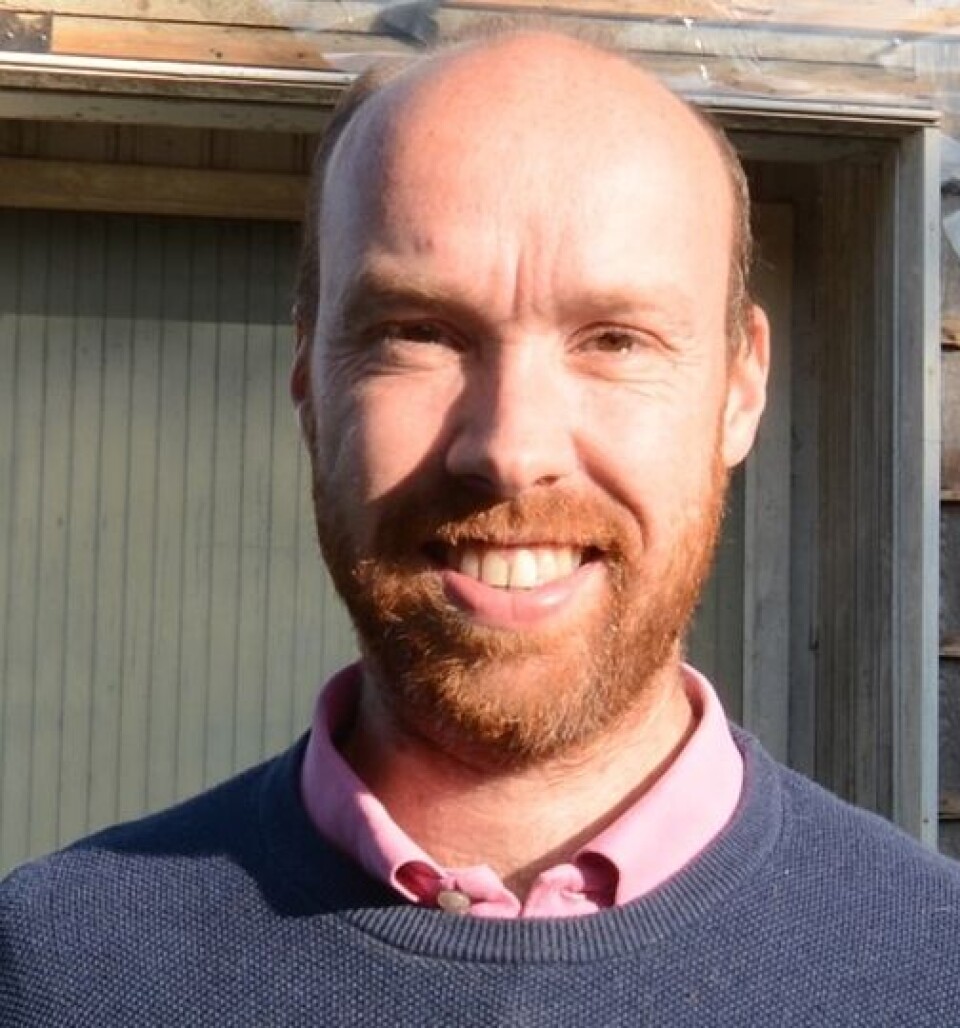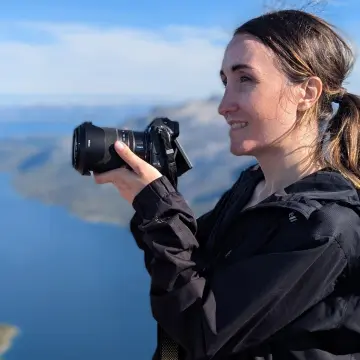
Why do giant craters appear in the Siberian tundra?
Researchers in Oslo found that the origin of the giant holes in Siberia is not caused by climate change and permafrost thaw alone.
In 2014, three giant gas emission craters were discovered in Western Siberia - Russia’s Yamal and Gydan peninsulas, first reported by the Siberian Times. So far, eight craters have been discovered in that area. One of the craters was about 30 meters across and more than 50 meters deep.
“These craters are much like a volcano, but with gas, water, ice, and sediments erupting instead of lava. These only form in permafrost,” Helge Hellevang, Professor of Environmental Geosciences at the University of Oslo, who was leading the new study, wrote in an email to the Barents Observer.
Old theories revisited
While the process of crater formation has previously been linked to permafrost thaw triggered by climate heating, the new study proposes a more specific explanation.

Professor Helge Hellevang and other researchers highlight that the weakening of the permafrost is common for the entire Arctic. Permafrost in Siberia may reach 500 m in thickness, whereas other Arctic regions like Alaska and Northern Canada often have only a few dozen to a hundred meters of permafrost.
Yet, these craters are only found in Western Siberia and not elsewhere in the vast Arctic belt of permafrost. Why?
The role of underground gas
According to the study, the Yamal and Gydan peninsulas are distinct. The researchers emphasise two factors: a heat anomaly in the ground below Yamal and Gydan, and their location above reservoirs of fossil fuels.
The region of Yamal and Gydan has some of the largest active gas fields in the world,” Professor Helge Hellevang emphasises.
To explain the giant size of the craters, Hellevang and his coauthors propose that natural gas generation and accumulation must happen below the permafrost.
“This study … concludes that focused deep heat and gas from below the permafrost may be the key factor allowing the formation of gas emission craters, while atmospheric heating indirectly triggers their formation …”, researchers conclude.
The weakening and thinning of the permafrost layer sealing these gases underground, caused partly by climate change, is thus a contributing factor behind the recent eruptions.
The study suggests that the gas emission craters “can potentially also form elsewhere, but require connection to natural gas generation and accumulations below continuous permafrost”.
Such gas-related craters have also been found in their thousands on the seabed of the Kara Sea. A group of Russian researchers warned that their formation could potentially disrupt underwater gas pipelines, the Barents Observer reported earlier.

How significant are these craters within the context of climate change?
"The gas eruptions will likely by themselves not cause significant changes in climate, but the total amount of gas stored, if leaking, may be an important extra source of greenhouse gases, on top of the gases stored and released from the permafrost itself", Professor Hellevang says.
Can anything be done to make the situation with climate change better?
“As long as greenhouse gases are accumulating at higher and higher concentrations in the atmosphere, the atmosphere will continue heating, and new eruptions and more gas emissions will likely come from the vast Siberian permafrost”, Professor Hellevang tells the Barents Observer.
“It will take time to reduce CO2 emissions, especially to levels that will reverse climate change. In our opinion, this cannot be done within a "capitalist" economic system, with "infinite" economic growth. Climate change can only be reversed with an overall global change in the production and circulation of goods in the world. We have to approach a world with less consumption, and more equality”.














